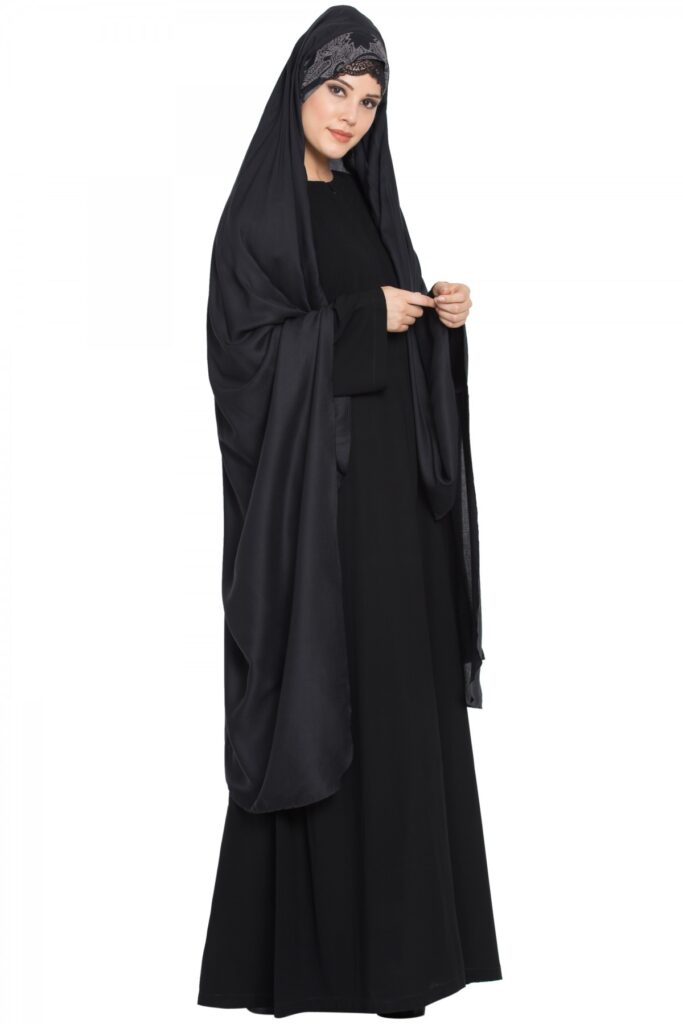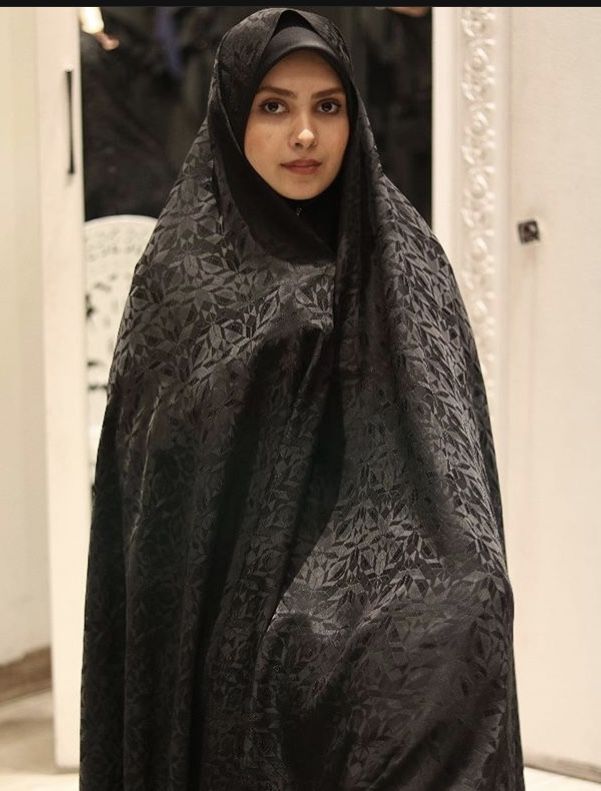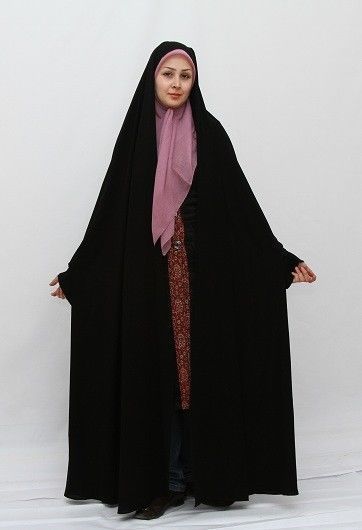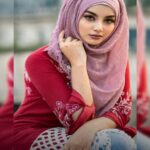
11 May Islamic Chador: Simple Styles and Cultural Significance
Islamic chadors are a symbol of modesty and religious identity worn by Muslim women around the world. The chador is a full-body veil that covers the head, neck, and body, leaving only the face and hands exposed. While the basic design of the chador remains the same, there are several variations in the styles and fabrics used in different regions.
The chador is a type of veil worn by many Iranian women as a symbol of modesty and religious devotion. In this blog, we will explore the history, significance, and cultural context of the chador.
History of the Islamic Chador:
The chador has a long history in Iran and is believed to have originated from pre-Islamic Persia. It was worn by women of all social classes and was a symbol of modesty and respectability. Over time, the chador became associated with Islam and became an important symbol of religious identity for Iranian women.
Significance of the Islamic Chador:
The Islamic chador is seen as an important symbol of modesty, piety, and purity for many Iranian women. It is also a way to show respect for God and to protect one’s honor and dignity. The chador is often worn as a sign of religious devotion, but it can also be a political statement against Western influence and cultural imperialism.
Cultural Context of the Islamic Chador:
The Islamic chador is deeply rooted in Iranian culture and is seen as an important symbol of national identity. It is often worn during religious ceremonies, weddings, and other formal occasions. The chador is also worn in everyday life, especially in more conservative and traditional communities.
Criticisms and Controversies:
The chador has been criticized by some as a symbol of oppression and a violation of women’s rights. Critics argue that it restricts women’s freedom of movement and expression and reinforces gender inequality. Others argue that the chador is a personal choice and a way for women to express their religious and cultural identity.
Types of Islamic Chador
Iranian Chador

The Iranian chador is the most recognizable style of chador, with a semicircular shape and long draping fabric. It is typically made of black or dark-colored fabric and is worn by Iranian women as a symbol of modesty and religious devotion. The chador is an integral part of Iranian culture and is also worn by women in Iraq and Afghanistan.
Gulf Chador

The Gulf chador is a variation of the Iranian chador, but it is typically made of lighter fabric and comes in brighter colors. It is commonly worn in the Gulf countries, including Saudi Arabia, Oman, and the United Arab Emirates.
Moroccan Chador

The Moroccan chador is a two-piece garment consisting of a long-sleeved dress and a headscarf. It is typically made of lightweight fabric and comes in a variety of colors and patterns. The Moroccan chador is worn by women as a symbol of modesty and religious identity.
Pakistani Chador

The Pakistani chador is a popular style of chador worn by women in Pakistan and India. It is typically made of lightweight fabric and comes in a variety of colors and patterns. The Pakistani chador is draped over the head and is held in place with a headband or pins.
Modern Chador

In recent years, there has been a growing trend towards modern adaptations of the traditional chador. These styles often feature a more fitted and streamlined design, with lighter fabrics and modern prints. They are often worn as a fashion statement by young Muslim women who wish to express their cultural and religious identity in a more contemporary way.
In Short
The Islamic chador is a symbol of modesty and religious identity that has been worn by Muslim women for centuries. While the basic design remains the same, the different types of chador reflect the cultural and regional diversity of the Muslim world. Understanding the different styles of chador is an important step towards appreciating the rich cultural heritage of Muslim women.





No Comments